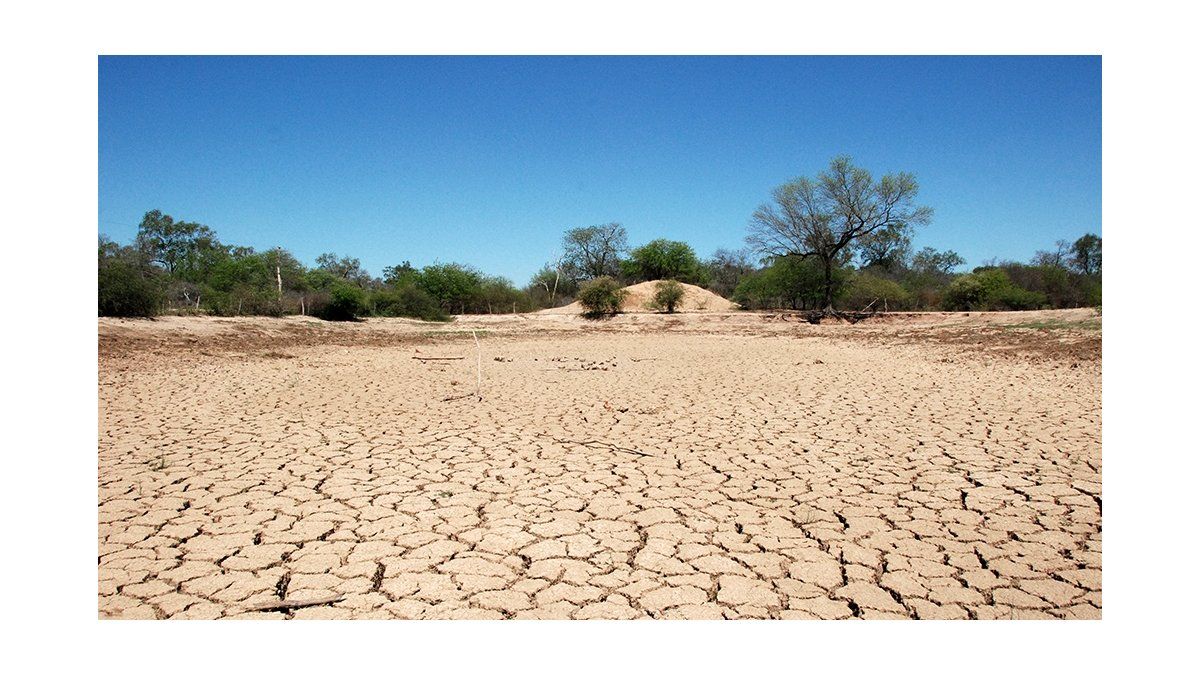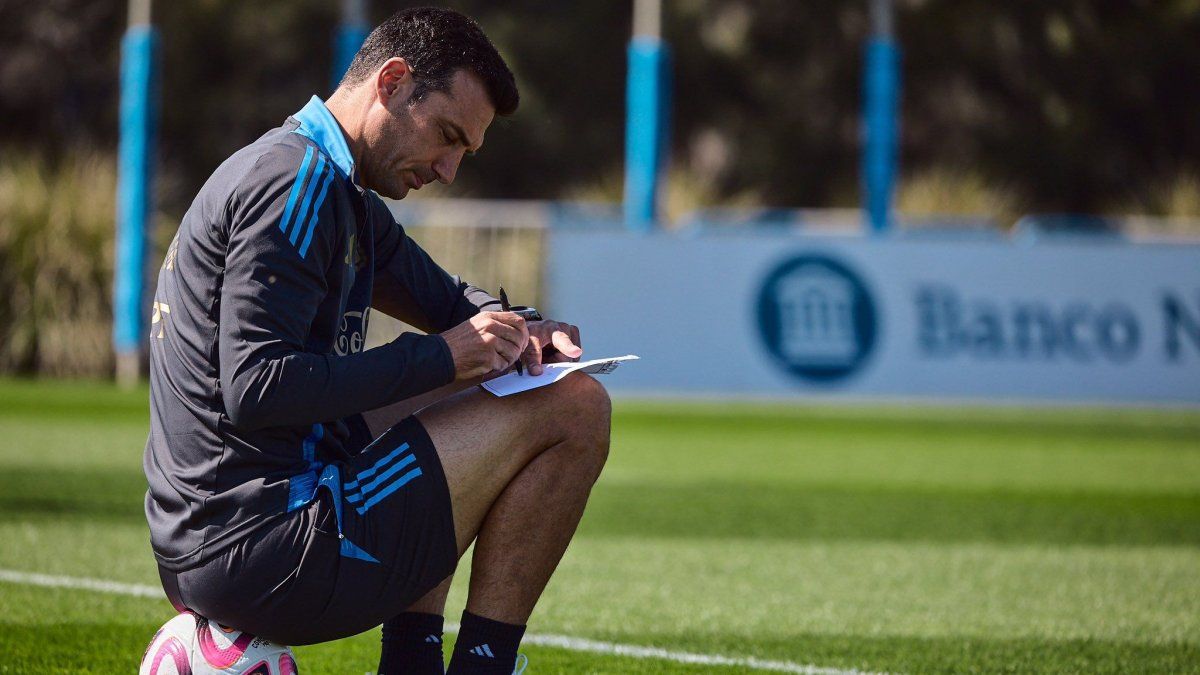According to the SMN forecasts for the first quarter of this year there’s a 50% chance about what “The Girl” continue in force and increase the effect of the drought and high temperatures.
In this sense, the meteorological report realizes that this quarter may be warmer than averagewith temperatures higher than normal in the pampean region and western Patagonia.
While in the region of Whosesouth of Coast and this patagonian a quarter with normal values or above normal.
Meanwhile, throughout the Northwest and North Argentinaas well as in the south of the country, there is a greater probability that they will register temperatures within normal for this time of year.
As for the rainfallthe SMN anticipates that in the first trimester of the year may be “normal or lower to normal in the Coast, north and center of the country and south of Patagonia“.
Furthermore, “there is a higher probability that they register rainy inside of average in Cuyo, La Pampa, Buenos Aires and all of eastern Patagonia”.
while in the northwest Argentine “it is more probable that the rains are above normalwhile these may be normal or above normal in western Patagonia.”
The Weather Service noted that last month was “the fifth warmest since 1961with a heat wave between December 4 and 12 that caused temperature records for the month.
Temperature records were broken for December in:
- Las Lomitas 45.3°
- Santiago del Estero 45.3°
- oran 45°
- Stutter 44.2°
- Tucuman 44°
- Villa de Maria 43.9°
- Saint Rose of Conlara 41.2°
While the cities that had the heat wave for the greatest number of days were Cordova (9 days), San Martin (8 days) and Fourth quarter (7 days).
In addition, the rainfall deficit and the intensification of the drought continued in much of the center, north and northeast of Argentina. Coastal cities like Corrientes and Paso de los Libres registered the driest month of December in the last 62 years.
According to the latest survey of the Rosario Stock Exchange, the wheat campaign would close the year with just 11.5 million tonswhich represents a drop of 50% compared to the previous cycle. Meanwhile, the lack of moisture in the soil profile continues to delay the sowing of soy that crosses his worst campaign in the last 20 years.
This brings direct economic consequences, since they estimate that the settlement of foreign exchange due to the lower production would be around u$s7,000 million.
Source: Ambito
David William is a talented author who has made a name for himself in the world of writing. He is a professional author who writes on a wide range of topics, from general interest to opinion news. David is currently working as a writer at 24 hours worlds where he brings his unique perspective and in-depth research to his articles, making them both informative and engaging.



